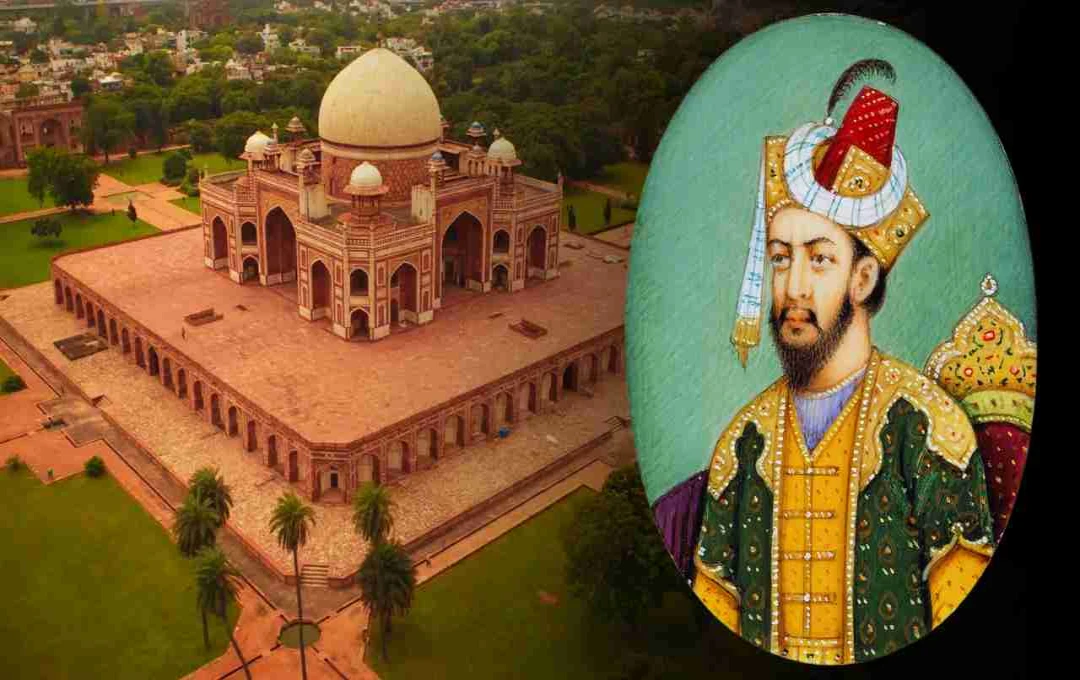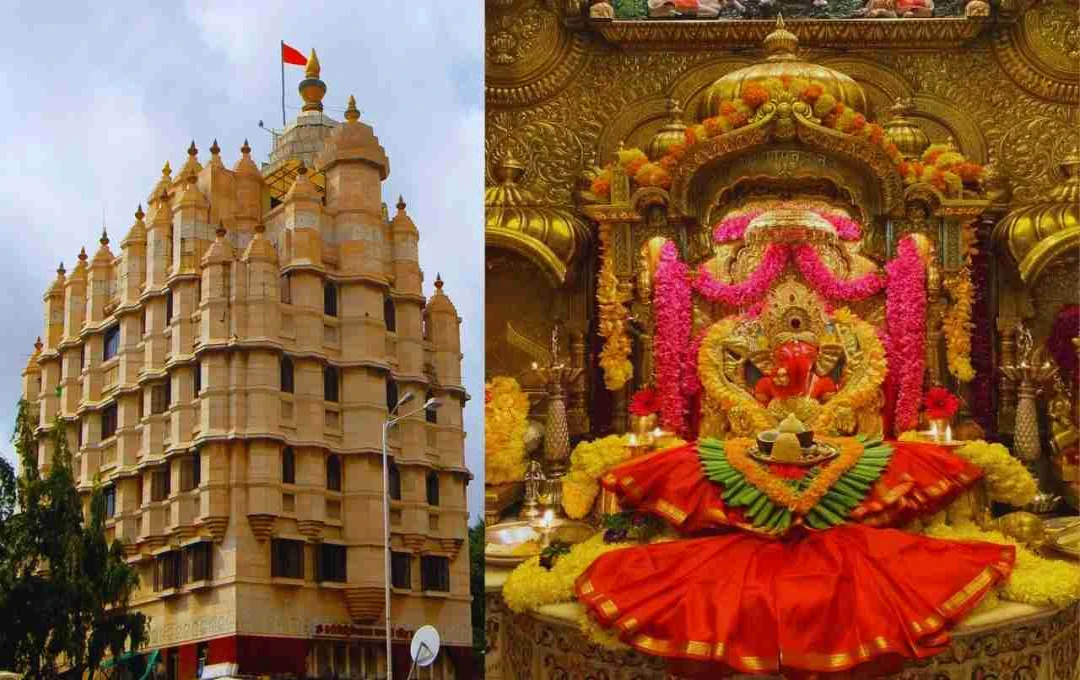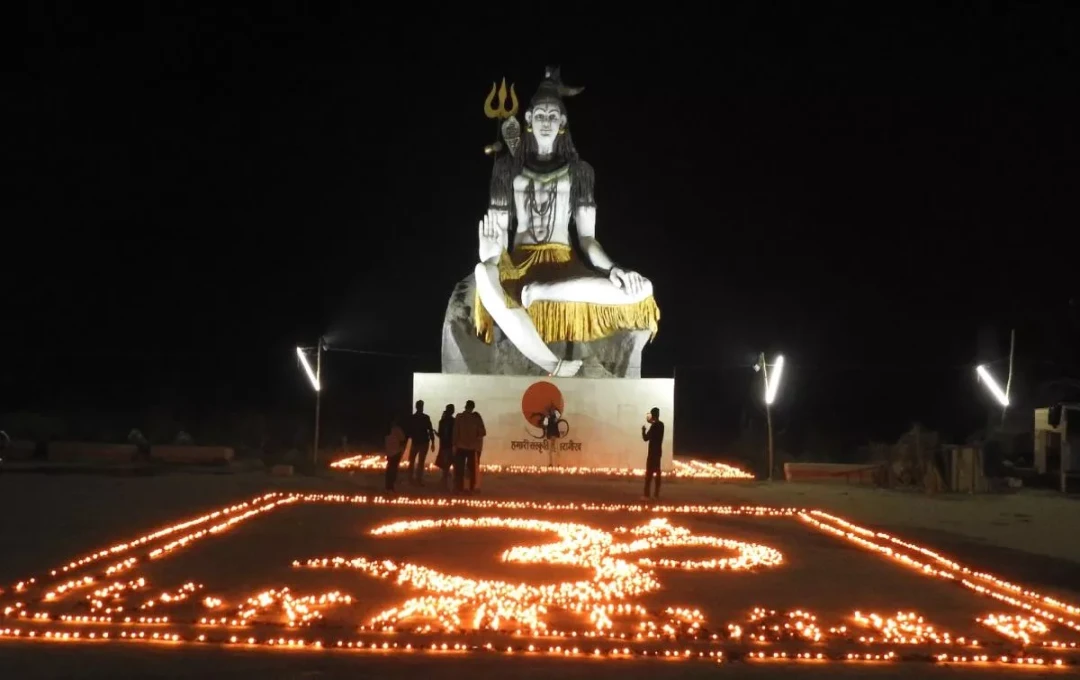Nasiruddin Muhammad Humayun (1508–1556) was the second emperor of the Mughal Empire. After the death of Babur, he ascended the throne of Delhi on December 29, 1530, and tried to carry forward his father's legacy. Babur had divided the kingdom into different parts during his lifetime to avoid conflict among his brothers. However, Humayun's brothers – Kamran, Askari, and Hindal – did not prove to be his allies when the time came. In that era, when the empire needed unity, they became entangled in personal ambitions.
Struggle with Sher Shah Suri and Exile
Humayun's reign was fraught with challenges from the beginning. The Afghan ruler Sher Shah Suri defeated him in the battles of Chausa in 1539 and Kannauj (Bilgram) in 1540. As a result, Humayun had to leave India. He spent time in exile in places like Sindh, Amarkot, and Kabul. It was in Amarkot in 1542 that his son, Jalaluddin Muhammad Akbar, was born. Later, he took refuge with Shah Tahmasp of Iran, from whom he received assistance in gaining control of Kabul and Kandahar.
Restoration of the Empire
After about fifteen years, in 1555, Humayun regained control of Delhi. After the death of Sher Shah Suri, his dynasty had weakened. Taking advantage of this opportunity, Humayun captured Lahore, Delhi, and Agra. Although his re-established reign did not last long, he strengthened the foundation of the empire for Akbar.
Untimely Death and Transition of Power
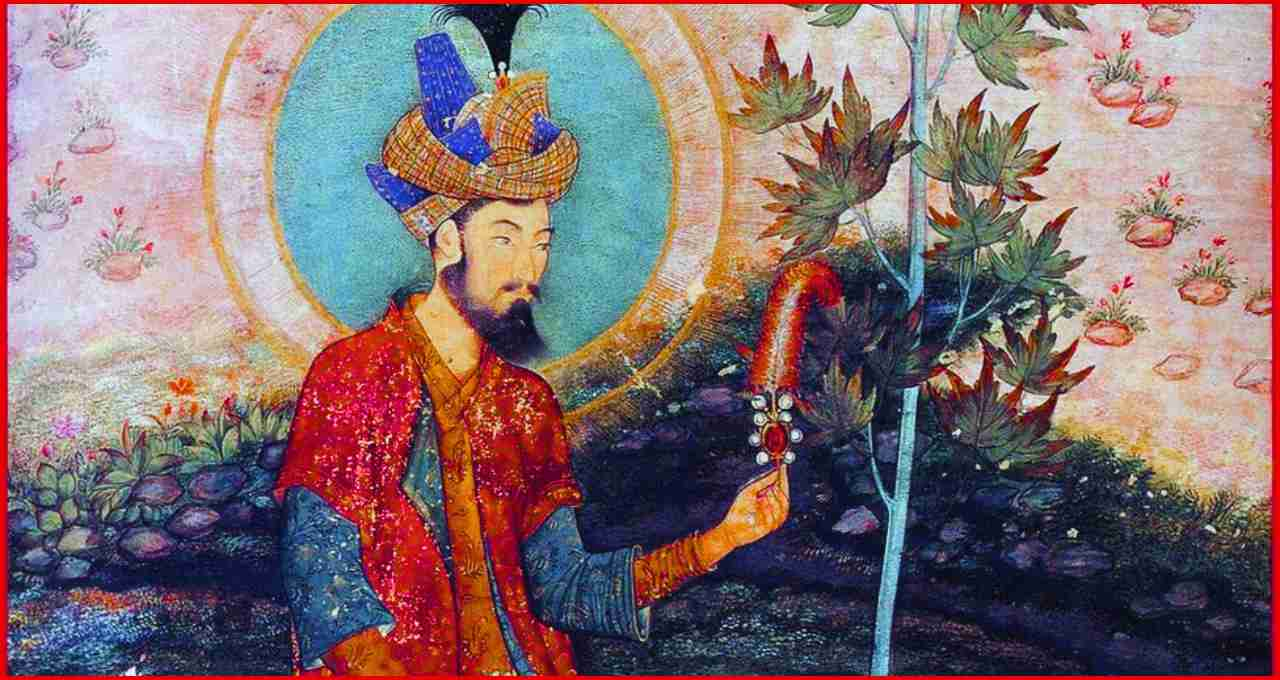
In January 1556, Humayun died after falling from the stairs of the Dinpanah building in Delhi. At that time, his son Akbar was in Kalanour, Punjab, where he was crowned. Despite Humayun's sudden death, the Mughal Empire survived, and Akbar later expanded it.
Humayun's Tomb – A Unique Example of Architecture
Nine years after Humayun's death, his widow Hamida Banu Begum ordered the construction of a grand tomb for him in 1562. Designed by Persian architect Mirak Mirza Ghiyas, the construction of this monument was completed in 1571. It is the first major example of Mughal architecture in India.
- Charbagh Style: The tomb is surrounded by gardens divided into four parts, based on the Islamic concept of the 'garden with four rivers of paradise'.
- Combination of Red Sandstone and White Marble: This was the first time that red sandstone was used in such a large quantity.
- Dome and Jali: The double-dome with Persian influence, pietra dura inlay, and marble screens (jalis) are the distinctive features of this tomb.
Cultural and Political Significance
Humayun's Tomb is not only architecturally significant, but it also reflects the political and cultural situation of that time. The character of the Mughal court was changing from Central Asian to Persian style. The construction of this tomb paved the way for later monuments like the Taj Mahal.
Restoration and Conservation
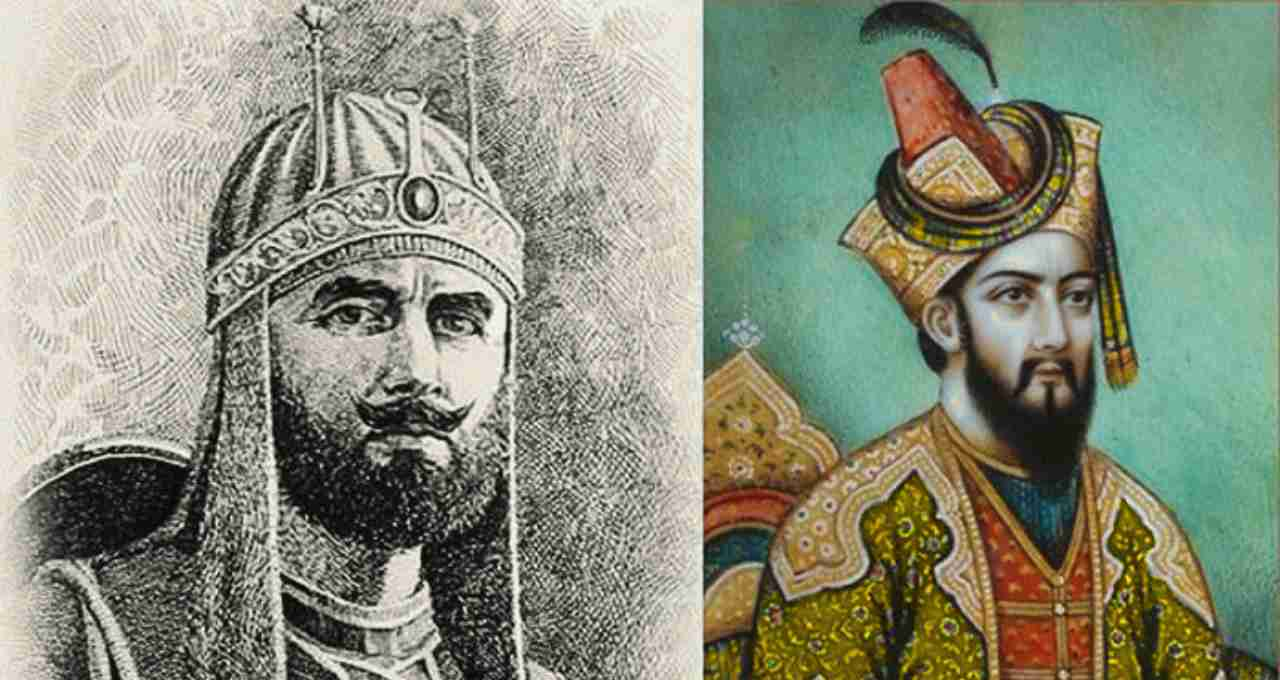
During the British period and after independence, this complex suffered neglect on several occasions. In the 19th century, the Charbagh's design was changed to the English gardening style. During the Partition (1947), this area became a refugee camp, causing heavy damage. Later, the Aga Khan Trust and the Archaeological Survey of India (ASI) reconstructed it. After the restoration in 2003, the water system of the gardens was reactivated, and the monument regained its former beauty.
Legacy and Present Scenario
Today, Humayun's Tomb is a UNESCO World Heritage Site. It not only attracts tourists but is also a living testament to India's deep history and architectural tradition. This monument reminds us that even after struggling with difficulties, a ruler can become immortal in history through his cultural and architectural heritage. Humayun's life was full of struggles, but his vision and cultural perspective gave India a heritage that is still appreciated worldwide. If you visit Delhi, be sure to see this World Heritage Site and closely experience this invaluable link to Indian history.
Humayun, son of Babur and the second emperor of the Mughal Empire, ascended the throne in 1530. After losing to Sher Shah Suri, he went into exile and, with the help of Iran, recaptured Delhi in 1555. He died in 1556 after falling from the stairs. Humayun's Tomb is located in Delhi, built by Hamida Banu Begum. It is the first major example of Mughal architecture and is based on the Charbagh style. It was declared a UNESCO World Heritage Site in 1993.
